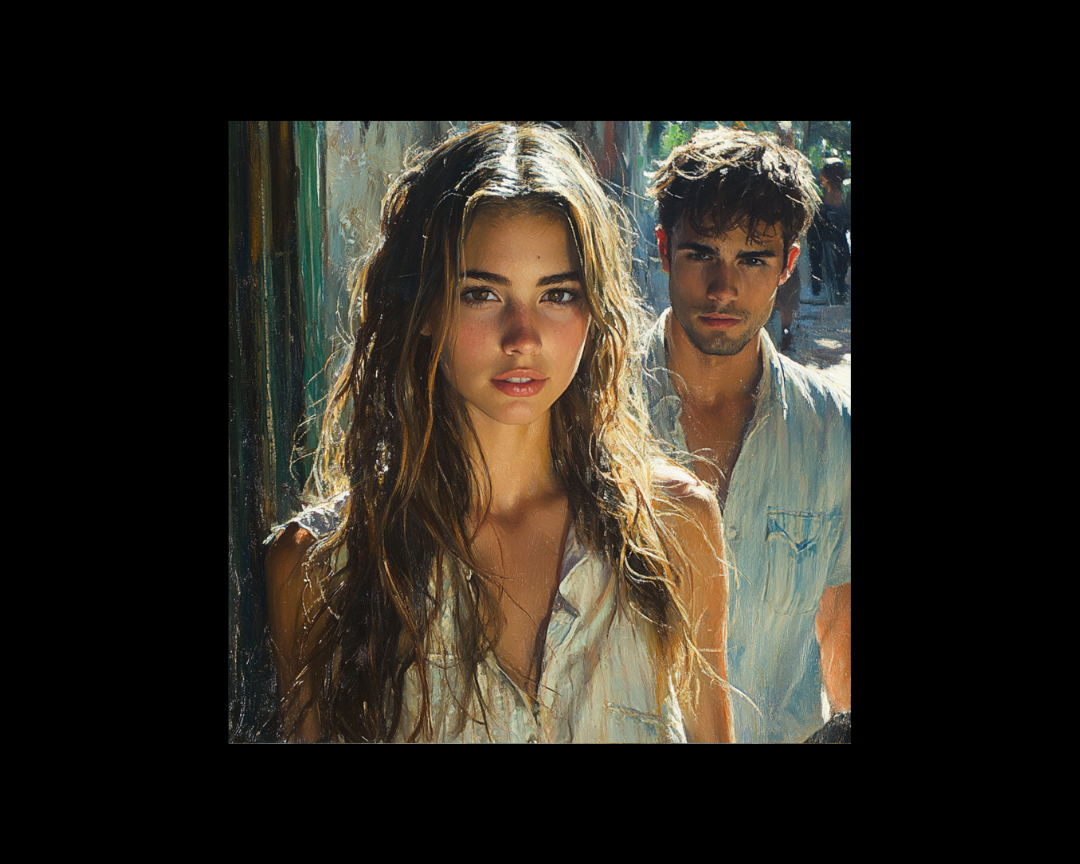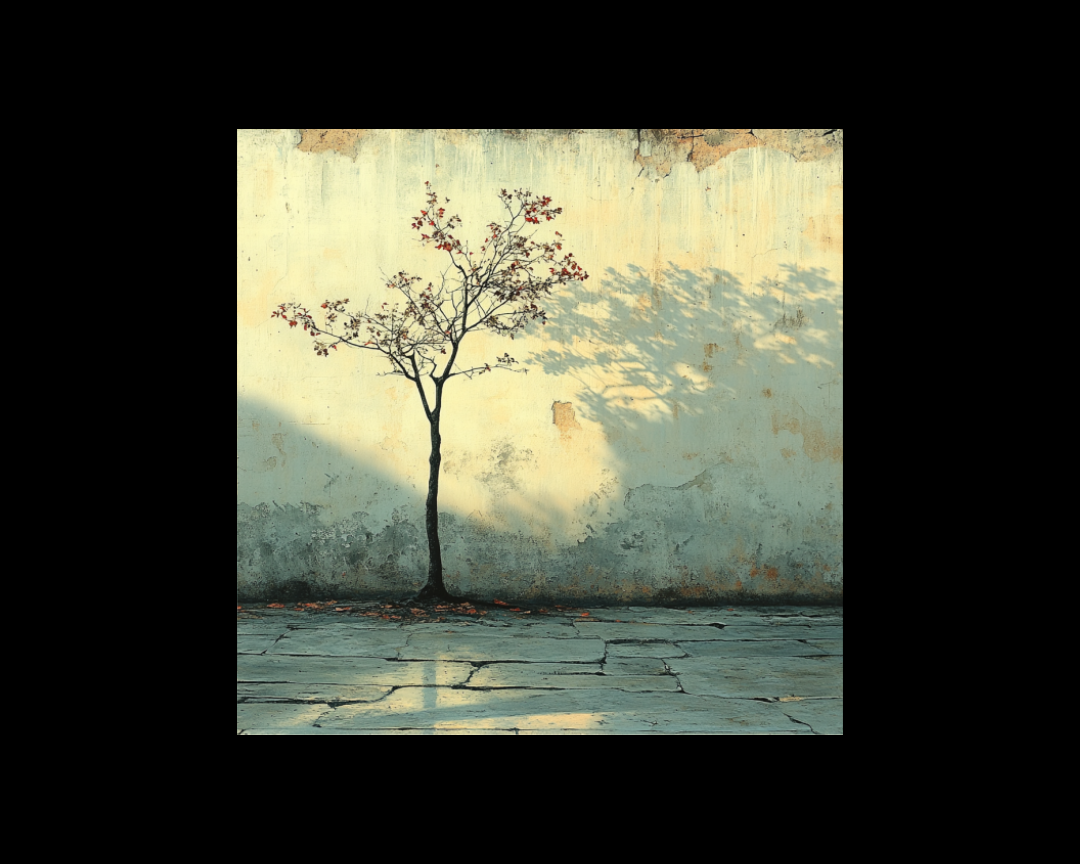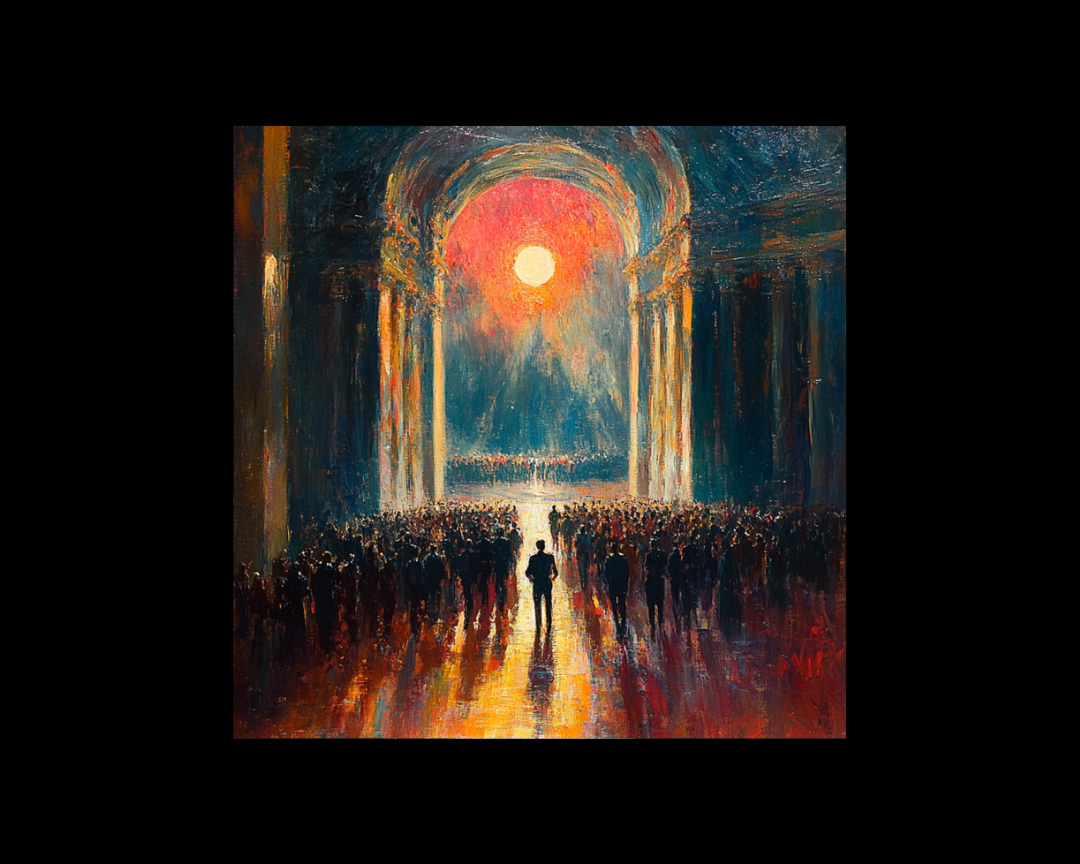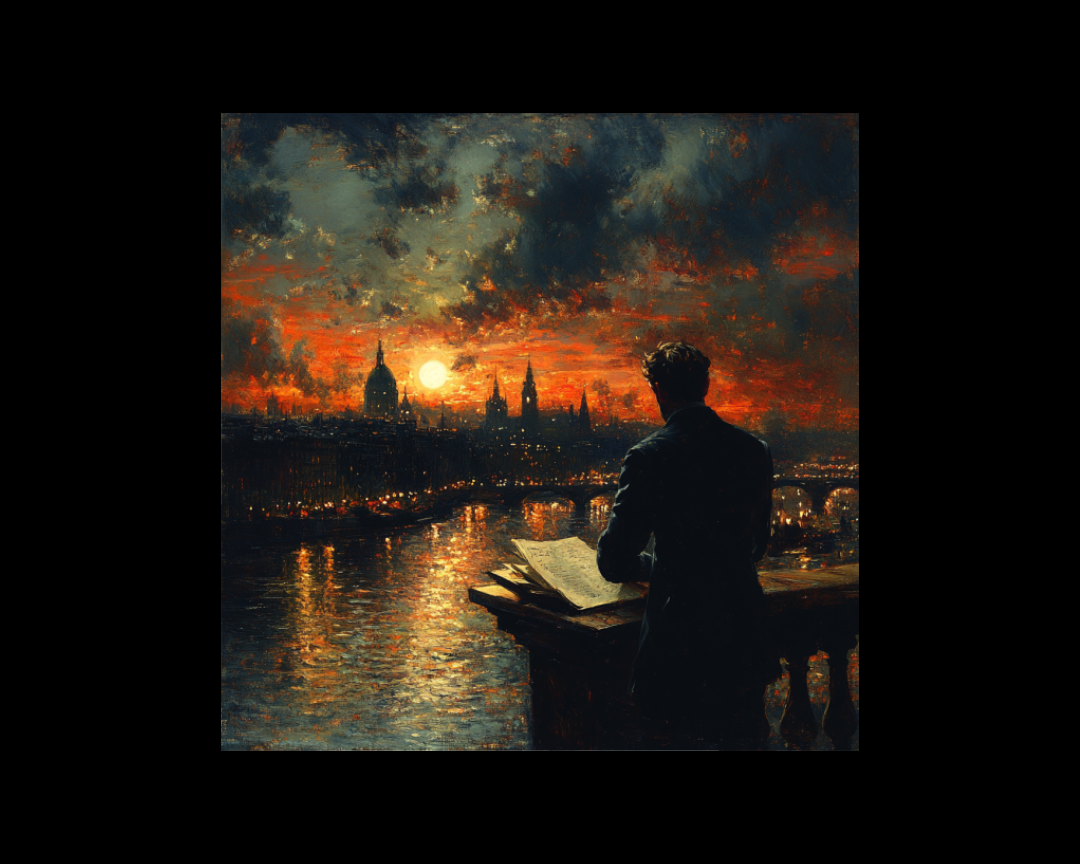Master Foreshadowing
The power of foreshadowing lies not in what is said, but in what is promised. Like a master magician who shows you the card before it disappears,...
2 min read
 Writing Team
:
Mar 24, 2025 11:37:00 AM
Writing Team
:
Mar 24, 2025 11:37:00 AM

The term "Bildungsroman" might sound intimidating, but chances are you've read and loved several novels in this genre without realizing it. From Little Women to Harry Potter, Jane Eyre to The Perks of Being a Wallflower, this literary tradition spans centuries and continues to captivate readers today.
At its core, a Bildungsroman (pronounced: bil-dungs-ro-mahn) is a novel that follows a protagonist's psychological, moral, and intellectual growth from youth to maturity. The term combines the German words "Bildung" (education/formation) and "Roman" (novel), essentially meaning "novel of education" or "novel of formation."
Unlike simple novels with young characters, a true Bildungsroman focuses specifically on the protagonist's developmental journey and transformation. The character must undergo significant internal change, not just experience external adventures.
The Bildungsroman tradition emerged from German folklore tales about naive characters who venture into the world, make mistakes, lose everything, but gain spiritual wisdom in the process. The genre gained literary credibility through works like Goethe's Wilhelm Meisters Lehrjahre before spreading to English literature with classics like Laurence Sterne's The Life and Opinions of Tristram Shandy.
Today, the Bildungsroman has become so embedded in Western storytelling that its patterns feel almost instinctively familiar to readers.
Successful Bildungsroman novels typically include several core elements:
The Bildungsroman encompasses several related subgenres:
The Bildungsroman continues to evolve in contemporary literature, film, and even unexpected places. Greta Gerwig's Barbie film offers a fascinating modern take, transforming from immortal doll to mortal human represents a coming-of-age journey that parallels the audience's own evolving relationship with childhood ideals.
Other recent examples include Sandra Cisneros's The House on Mango Street, which follows a young Mexican-American girl's coming-of-age in Chicago, and Mark Haddon's The Curious Incident of the Dog in the Night-Time, which presents a neurodivergent protagonist's journey toward independence.
Whether you're crafting a coming-of-age story or incorporating elements of character development into another genre, consider these techniques:
The Bildungsroman endures because it reflects a universal human experience: the challenging, messy process of growing up. Whatever genre you're writing in, understanding how to craft meaningful character development can elevate your storytelling and create deeper connections with readers.
After all, we're all coming of age in some way—even if we're long past adolescence. The best Bildungsroman novels remind us that growth is neither linear nor ever truly complete, but rather a lifelong journey of discovery.

The power of foreshadowing lies not in what is said, but in what is promised. Like a master magician who shows you the card before it disappears,...

Story endings can be thrilling, rewarding, and, for many writers, intimidating. A strong ending must provide resolution, deliver emotional impact,...

Imagine you're reading a novel, and suddenly, you come across a sentence that seems to go on forever, each phrase connected by "and" after "and"...